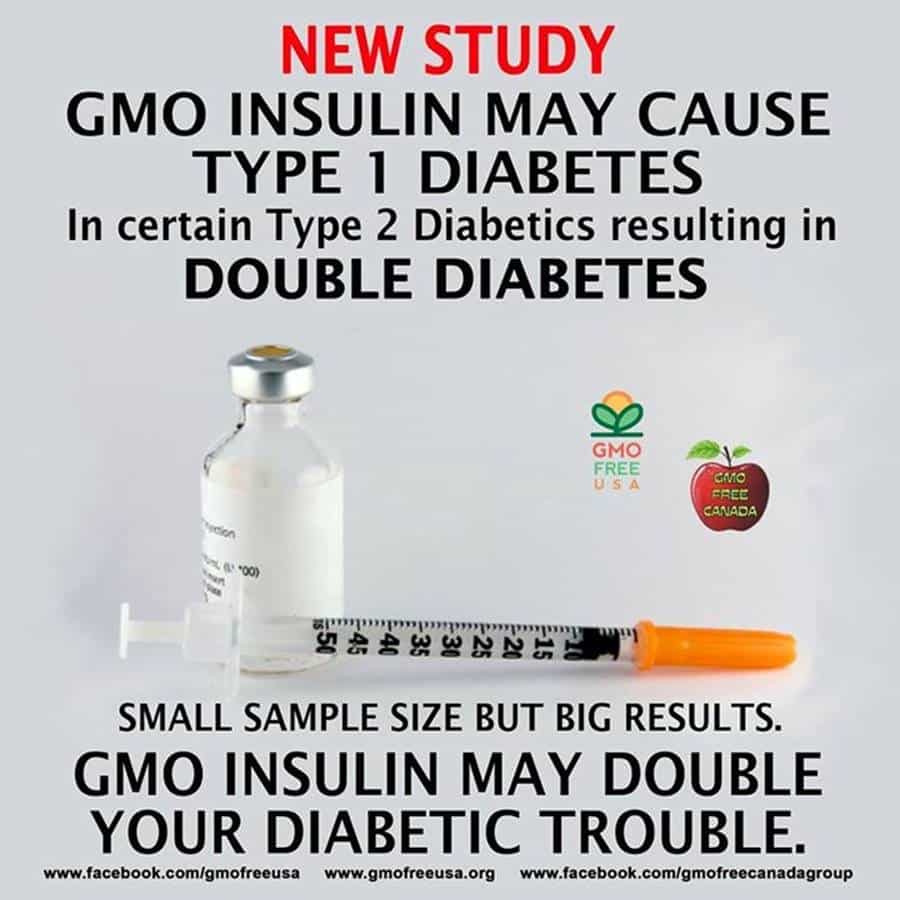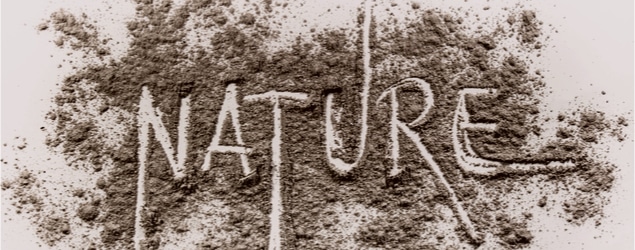Let’s Not Forget That Pseudoscience Is Deadly

What happens when a tabloid-respect-for-the-truth meets a life-saving breakthrough in medical technology? You’d get something like this:

Chances are you didn’t see this meme going around on Facebook — it was shared less than 500 times before it was deleted — but I think this small, short-lived graphic and the fact that it mysteriously disappeared speak volumes about the anti-GMO movement. (Thanks to Internet “caching,” you can still view the original post and some comments it generated here.)
The graphic was spawned (and then deleted a short time later) by the popular anti-GMO activist group “GMO Free USA.” Their mission, according to the group’s website and interviews with their founder, Diana Reeves, is one of “educating” the public about genetic engineering. What this meme does is worse than the opposite of education, but it is chock full of teaching moments about the anti-GMO movement.
For example, one of the tactics of the anti-GMO movement is to blithely ignore (or even slur) the benefits of the technology and instead spout doom and gloom over tiny or even imaginary risks. Before it was deleted, one Facebook commenter summed up the meme’s take-away message perfectly:
“I’m going to immediately stop taking the important and life saving medication prescribed by my doctor because of this meme.” Is that the response you are looking for here???
I think we have to be prepared to accept that is exactly what was intended, because the meme monstrously attacks one of medicine’s greatest inventions: human insulin.
The American Juvenile Diabetes Association estimates that about three million Americans suffer from type 1 diabetes. So perhaps you, like me, know somebody who needs what this meme slurs as “GMO insulin” in order to survive. When I was a kid, my best friend was diagnosed as a type 1 diabetic. His pancreas stopped producing the insulin his body needed to regulate the amount of sugar in his blood, leading to an emergency hospital stay. At the time, I didn’t realize how lucky we were to be born after the invention of genetic engineering.
It was only in the 1920s that scientists discovered the cause of diabetes, and up until the 1970s, diabetics relied on insulin harvested from pigs or cows to reverse what had otherwise been a death sentence. Porcine and bovine insulin was a life-saver for many diabetics, but was very inefficient and time-consuming to harvest. It takes 8,000 pounds of animal pancreases to harvest just a single pound of useable insulin. Further, these animal-derived hormones are not the same as what’s produced in the human body; not everybody tolerated the difference well. Luckily, my friend never had to take animal insulin.
That’s because in 1978, scientists used the technology of genetic engineering to find a better way. Inside bacteria, tiny rings of genes called “plasmids” determine what substances the bacteria will produce as a “waste product” when fed. By splicing in the chemical sequence of human insulin and then inserting this modified plasmid into an E.coli bacteria, scientists created a tiny insulin factory — one that multiplied when fed, creating many more of these factories until a veritable river of insulin could be produced.
Similar to beer, insulin is now “brewed” in large vats called “bioreactors.” This means that diabetics now have access to cheap, limitless supplies of the exact same hormone that is produced in the human pancreas.
To me it meant a childhood shared with my best friend.
But scaring people about an advancement in medical science that helps diabetics survive is only part of what this meme represents. Subversion of science is another tactic that the anti-GMO movement uses to oppose a beneficial technology. That screams out from this little meme as well.
Consider the study the meme uses to support its claims. What does it say? I read it. The most striking thing about the study is that, contrary to what the meme implies, it has absolutely nothing to do with comparing the difference between genuine human insulin created with genetically engineered bacteria and insulin from another source, such as pigs.
Here’s what the study did say: These researchers followed six participants with type 2 diabetes receiving insulin therapy (type 2 diabetes is not caused by the pancreas failing to produce insulin, but by the body developing an “resistance” to the insulin produced in the pancreas). The purpose of the study was to determine the effectiveness of insulin in treating type 2 and the chances of these patients of a particular Japanese ethnic group with a particular genetic blood marker developing type 1 diabetes (Kevin Folta, plant scientist at the University of Florida, gives a good summary of the study here).
Here we see the tabloid version: evil “GMO insulin” could give you “double diabetes.” This attitude toward science, evidence and truth is particularly disgusting when the group that devised this meme purports to be “educational.” Using bogus medical terms* to scare people into thinking medicine critical for their survival could harm them without a single shred of evidence represents the destruction of education.
Thankfully, other Facebook users, like the outspoken woman above, stepped up and called the meme “very misleading,” asked GMO Free USA to “stop with the scare tactics” and further called them out for creating “unfounded fear.” It was these negative comments that most likely led the group to delete the post.
This reveals another feature typical of the anti-GMO movement. When these intellectual vandals are called out for wrongdoing, they try to sweep it all under the rug, and innocently ask: “Who, me?” But deleting a post that tells diabetics, like my best friend, to be afraid of a breakthrough medicine and hoping it disappears into the black hole of dead cyberspace doesn’t fix the damage done. It is light years from a public apology and proper course of action. It’s not the type of behavior I would expect from a real scientist, journalist or educator.
It is, however, exactly what I would expect from activists operating at the intersection of reckless pseudoscience and disrespect for human life. Anti-GMO activists cling religiously to the idea that anything created with the technology of genetic engineering is evil. So it’s not surprising they will arrive at the conclusion that human insulin is also harmful, even in the face of unquestionable improvement to millions of lives. It’s “intellectually consistent” of the movement, as Kevin Folta puts it. It’s also potentially deadly.
Disturbingly, that is apparent within some of the saved comments. Some people were confused or scared by the meme. One woman asked if she could request a non-GMO insulin prescription from her doctor. Another, apparently worried about a friend’s diabetic daughter, cautioned “make sure your daughter is not getting this stuff.”
If any of the individuals who are now “educated” by the anti-GMO movement makes a decision or any part of a decision based upon memes like this, we’ll see the goals of the movement play out in gory detail.
It’s anti-GMO activists people should be afraid of, not “GMO insulin.”
* In a previous version of this post, I implied that “double diabetes” is a bogus medical term. Some readers pointed out that this isn’t strictly true. Some type 1 diabetics can also develop a resistance to insulin (similar to the condition in type 2 diabetics). This can make type 1 diabetes even harder to treat and live with. I know some type 1 diabetics where this has indeed become a difficult problem. This condition is sometimes referred to as “insulin resistance” or “double diabetes.” I apologize for the confusion.
I’d add that even though insulin resistance or “double diabetes” is a real condition that some do develop, this has nothing to do with the technology used to create human insulin as the meme implies and should in no way diminish how dangerous this meme is. GMO Free USA is not using the term to helpfully educate people about managing and treating diabetes, but to scare people out of taking their medication because of how it is created.



